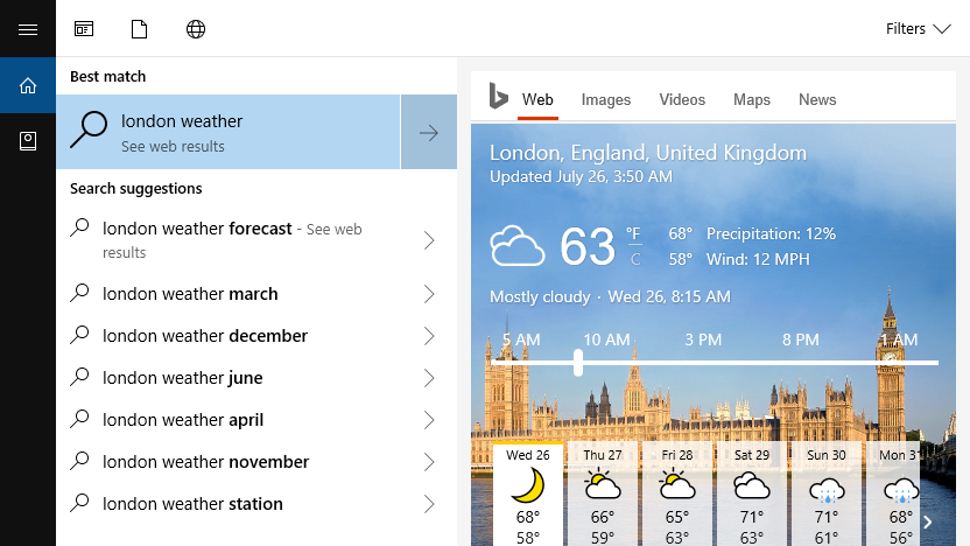Windows 10 gets a nifty new hook-up with your Android phone

Microsoft has pushed out a new preview build of Windows 10, with some smart added features including the ability to send links from your Android smartphone to a PC, and added voice commands for Cortana.
Build 16251 allows you to link your Android handset to your PC (under Settings > Phone), whereupon you’ll install an app on the phone allowing for cross-device browsing (after you’ve logged into the Microsoft account you’re using on the PC).
Then, when you’re browsing a site on your mobile, you can use the ‘share…’ option and send the link directly to your PC – with it either opening straightaway on the computer, or you can choose to peruse it later if you’re away from the PC (in which case the website will be stored under the Action Center).
While only Android mobiles are catered for right now, Microsoft promises that support for the iPhone is in the pipeline.

Some considerable tinkering has been done with Cortana, too, with the digital assistant getting new voice commands enabling you to sign out of your PC, lock it, or indeed restart or shutdown the machine.
If you do use the ‘Hey Cortana, turn off PC’ command, you’ll be asked to say ‘yes’ for confirmation as a double-check measure to prevent any potential accidental shutting down incidents.
Furthermore, Cortana can now present web search results in a fly-out pane which will automatically kick in for certain queries such as those concerning the weather, stocks, movies, flights and so forth – meaning you can view these results without your browser opening. That’s a handy extra, too.
Sign up for breaking news, reviews, opinion, top tech deals, and more.

Boot benefits
Microsoft has also tweaked the boot-up process, and the feature whereby Windows will use your sign-in details to automatically finish setting up the system after an update is applied has now been extended to cover standard reboots or shutdowns.
This means after you execute a normal reboot of the PC, you’ll benefit from a faster sign-in and the automatic launch of any app which is registered for application restart (Microsoft explains more on this here).
Along with these bigger changes, there’s the usual raft of minor tweaks. These include the one-handed touch keyboard being made a little larger (with a thicker border to help prevent accidental dismissal by tapping outside the keyboard), and it benefits from a new animation, visibly sliding in or out when invoked or dismissed respectively.
The sound that the touch keyboard makes when typing on it has also been quietened down a little following user feedback.
For those with precision touchpads on their laptops, two-finger scrolling has been tweaked so it now feels smoother.
And the Edge browser has seen a number of fixes which should mean it crashes less and is more reliable all-round, plus it will no longer rescale websites when you’re in Tablet Mode using a narrow view (i.e. portrait screen orientation, or a snapped view).
Finally, on the gaming front, some users might see Game Mode is enabled in the Game Bar by default for certain games. We took a good look at the difference Game Mode makes in this article, although note that Microsoft has since made considerable performance improvements to the feature in preview build 16215 (released last month).
As ever, should you wish, you can check out Microsoft’s lengthy blog post for the full breakdown of every single change, of which there are many.
- Will this convince you to finally get one of the best Windows tablets?
Darren is a freelancer writing news and features for TechRadar (and occasionally T3) across a broad range of computing topics including CPUs, GPUs, various other hardware, VPNs, antivirus and more. He has written about tech for the best part of three decades, and writes books in his spare time (his debut novel - 'I Know What You Did Last Supper' - was published by Hachette UK in 2013).